Common Council OKs renaming MFD HQ in honor of Alonzo Robinson

Common Council OKs renaming MFD HQ in honor of Alonzo Robinson
The Milwaukee Common Council voted unanimously to rename the Milwaukee Fire Department Headquarters at 7th and Wells in honor of Alonzo Robinson, Wisconsin's first African American architect.
MILWAUKEE - On an overcast and cold February afternoon, Kim Robinson stepped inside Milwaukee Fire Station No. 2. The station, which also serves as the fire administration building, nearing its 60th anniversary next month since its dedication in 1961.
The connections between present, and past, are not lost on Robinson as he walked through the large first-floor garage, climbed the steps and walked the third-floor halls with Chief Aaron Lipski. Lipski points out much of the layout and design of the station and administration offices at 711 W. Wells Street has gone unchanged over the years.
Utilitarian. The first-floor garage with large bay doors to accommodate the larger fire trucks, compared to the turn-of-the-century firehouses built when fires were fought with horse-drawn wagons. Form fitting function. Not much flare, but touches here and there making clear what era it was built. The conference room featuring a brushed metal clock built into the wall.
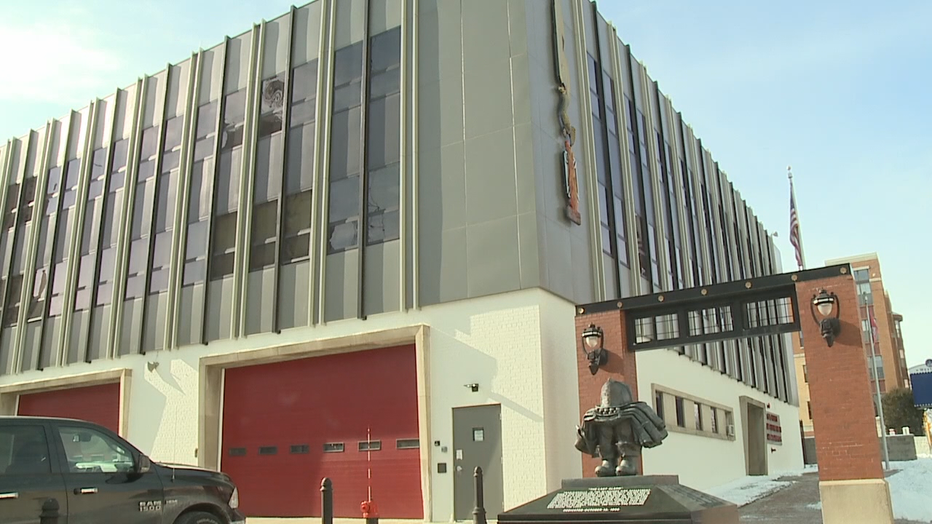
Milwaukee Fire Department headquarters at 7th and Wells
Inside Chief Aaron Lipski’s wood-paneled walled office, a stack of blueprints sit on the table, along with a cardboard tube. Lipski pulls another set of blueprints out, unrolling them onto the table.
"This really gives you a sense of what you’re looking at," Lipski said to Robinson.
"And this was all hand drawn?"
"All hand drawn," Lipski replied, directing Robinson’s attention to the bottom right corner. "That’s your father’s initials, ‘A.R.’"
The fire station that A.R. designed in the late 1950s will soon bear his name.
"I’m glad that I’m around and the family’s around," said Robinson, "and my mother’s still living, to see all of this."
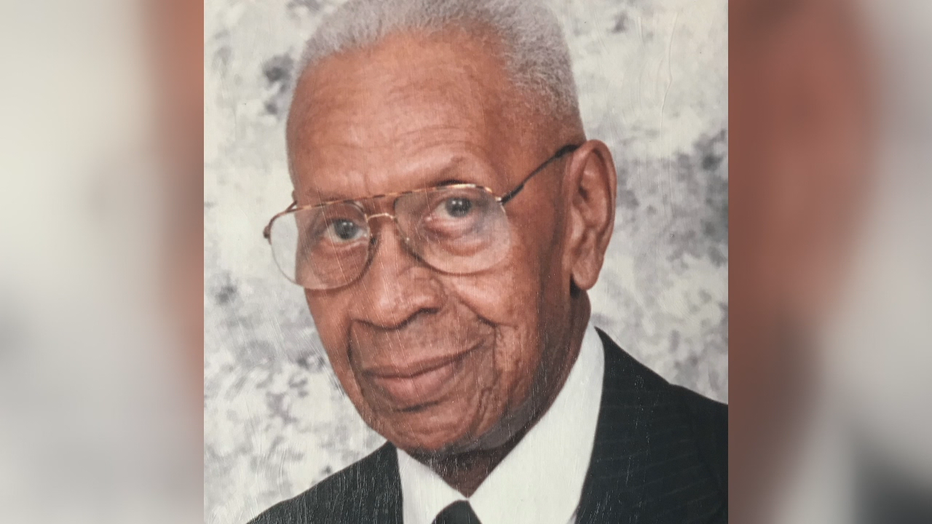
Alonzo Robinson
The Milwaukee Common Council unanimously approved renaming the fire department headquarters the Alonzo Robinson Milwaukee Fire Department Administration Building Tuesday, which council members say will honor Robinson’s legacy of contributions, hard work and dedication to the city for decades. Success in the face of adversity during a time when others, like him, were judged, discriminated against – and often worse – purely based on the color of their skin.
You see, Robinson was Black. In fact, Robinson was the first Black architect registered in Wisconsin -- and the city. His children say their father never wanted to hold that title for as long as he did. Let alone starting a career in the white-dominated architecture field in the 1950s. But even today, challenges remain to seeing people of color advance in the fields of architecture and engineering.
"She said, ‘Tell him he worked really, really hard, and all the time,’" said Robinson’s daughter, Jean, who serves as a go-between for her mother, Theresa, who has trouble speaking after having several strokes.
FREE DOWNLOAD: Get breaking news alerts in the FOX6 News app for iOS or Android
Theresa and Jean Robinson, both wearing shades of black and white dress blazers – more fit for a Sunday morning church service – on a Friday evening. The pair sitting next to each other on a couch in front of a computer’s camera in Jean’s home in Virginia. Jean’s brothers, Kim and Wayne, doing the same from their respective homes in Milwaukee and Naperville, Ill., as the family talked about their late father and husband.
"What she asked me to tell you is that it’s long overdue," said Jean, "but well-deserved recognition."
For Robinson’s children, there’s a sense of irony about the renaming of the fire station, as it was at the center of a controversy last year when a brown figurine was found hanging from a bulletin board. Mark Rohlfing, the fire chief at the time, said there was no racist intent, but a dozen members were disciplined.

Alonzo Robinson
Alonzo Robinson was born in Asheville, North Carolina in 1923. His family moved to Delaware when he was a young boy. Robinson attended Delaware State University, studying mathematics and playing basketball until he was drafted into the U.S. Army during World War II. After the war, Theresa and Alonzo met and were married.
Alonzo graduated from Howard University in 1951 with an architecture degree. Two years later, he moved to Milwaukee to work in the city’s bridges and buildings department. In 1956, Robinson became the first and only Black licensed architect in the state. He later went on to become a partner in the private Waukesha firm of DeQuardo, Robinson and Crouch. He later went on to open his own practice in Milwaukee, with the hope his sons Wayne and Ronald – who died in 2015 – would follow in his footsteps. Both Ronald and Wayne worked for a time doing drafting and design work for their father.
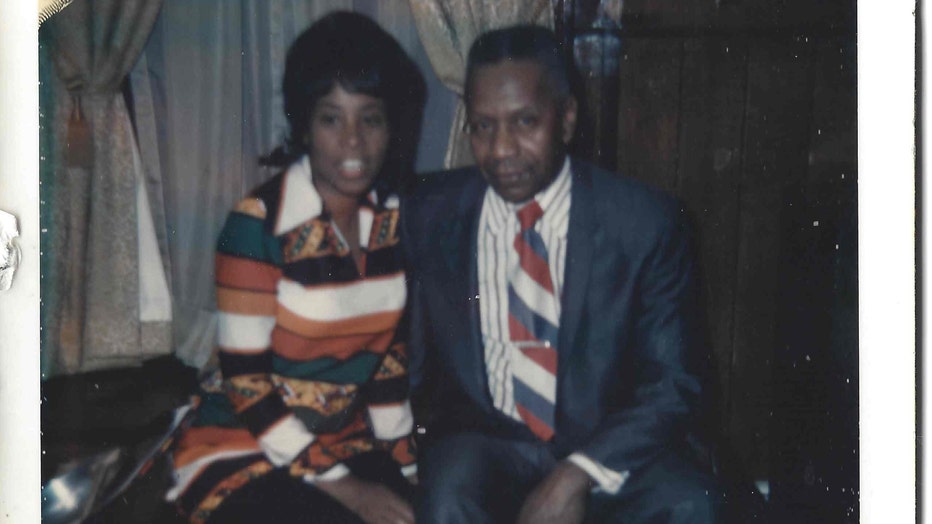
Alonzo and Theresa Robinson
In addition to the Wells Street fire station, Robinson designed a number of churches, homes and buildings throughout the city. Such work, per Robinson’s own notes, include the Kosciuszko Community Center, 2201 S. 7th; Central City Plaza, 6th and Walnut; and Church of the Living God, 3653 N. Teutonia.
While there were a lot of successes, that doesn’t mean there weren’t challenges. Alonzo and Theresa’s children were plaintiffs in a federal desegregation lawsuit filed against Milwaukee Public Schools in the 1960s; a decision, at the time, Theresa said splintered some of their friendships.
"He felt, eventually in time, that the truth always wins out," remembered Wayne, adding his father's meek and humble temperament suited the time and place of the world he had to move through. "He just kept moving forward and he tried to show people by example. And that was his strength. And as a result of that, you will absolutely be able to win out the respect from people if you move in that direction."
"This has been a blessing for all of us and we are so deeply gratified that this has happened now. And to have our mother still with us, because – certainly – if anybody can appreciate all that was done, it would be her."
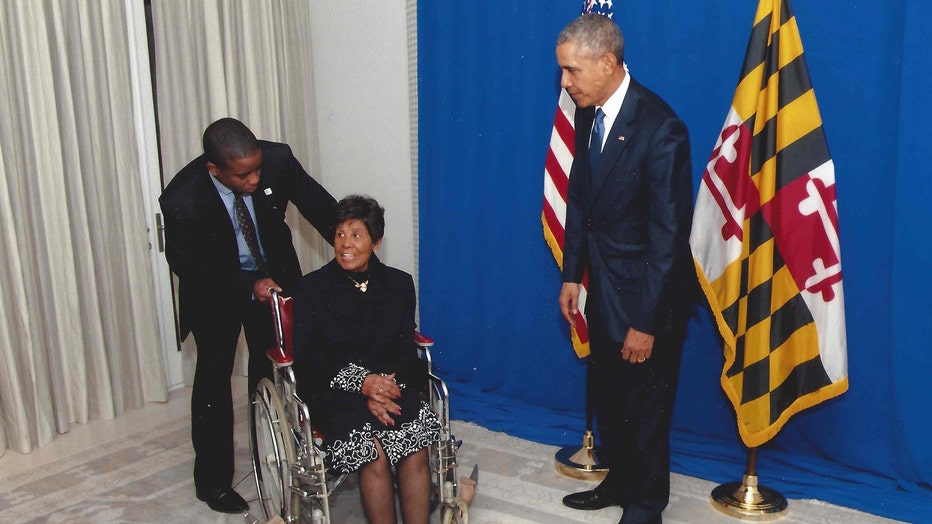
Theresa Robinson meets then-President Barack Obama
Theresa Robinson said she felt it was God’s plan when she was able to see – and later meet – the nation’s first Black president, Barack Obama, in 2015. Now, she feels God had a different plan.
"Now that this is happening, maybe it wasn’t that, maybe it was to see recognition of (Alonzo)’s work in the community."
The Robinson children attribute a large part of their father's succes in the face of adversity to their mother, as Alonzo was tireless in his work. Even in his later years, pointing to the time their father continued to do work in the backseat of a car on the way to a graduation ceremony for one of his grandchildren.
A lay leader of St. James United Methodist Church and founding member of Northcott Neighborhood House, Robinson eventually retired from Milwaukee County in 1998. He died in 2000 after a five-year battle with cancer. He fell ill while on a church conference trip shortly after receiving his final chemotherapy treatment.
"A lot of people used to ask him, ‘Mr. Robinson, are you planning to retire?’ And his comment was, ‘My idea of retirement is when you come to the church and you see me laying in a casket. Now I’m finally retired!’" said Wayne, laughing. "He, absolutely was totally married to his profession and it certainly left us – and my mother – she filled that void to a point where all of us were certainly able to succeed in our own way, without any emotional distress."
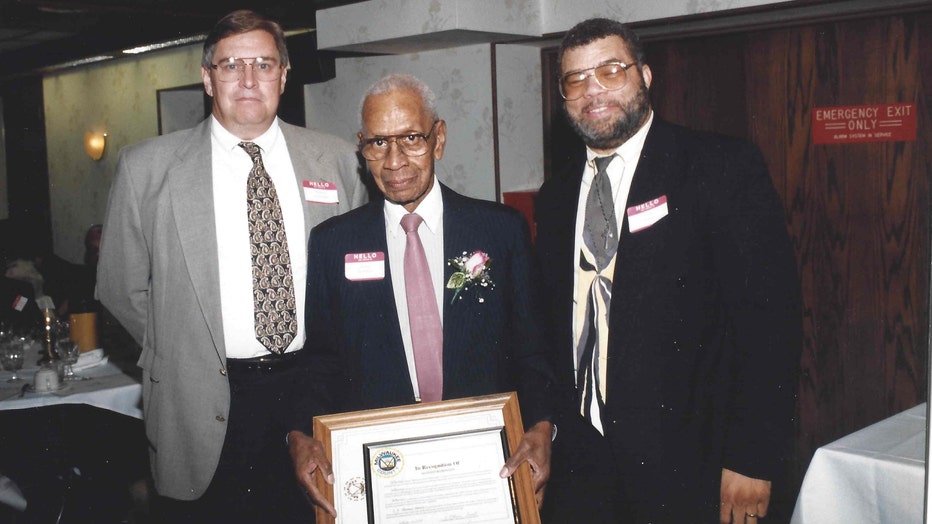
Alonzo Robinson retired from Milwaukee County
Robinson's children say their father wanted the title of the "only licensed Black architect in the state of Wisconsin" to disappear long before it did. However, the unwanted title would stand until Walter Wilson arrived in Milwaukee in the 1980s.
"So that made me the second licensed, Black architect in the state of Wisconsin, at the time I arrived," said Wilson, smiling, calling him meeting Robinson "serendipitous."
Wilson, 78, attributes much of his success to the path paved by Robinson, who he remembers as a talented artist, as well as an inspiration. Wilson, who also worked for Milwaukee County, retired in 2013 and was awarded AIA Wisconsin’s highest honor, The Golden Award, last year.
"To be a Black architect, you’re always being questioned and you – as a Black architect – you question yourself: ‘Is this going to be successful? Who’s doubting my decision making? Why are they challenging me on this concept, idea or my solution? Have I touched all the bases that I need to complete this building? Have I made any mistakes?’" Wilson said. "It’s a big responsibility and to think that we have to overcome the stereotype that African Americans aren’t up to those challenges is always disturbing, because we are. And many times we’ve gone above and beyond the ordinary challenge to do the extraordinary challenges and be successful at it."
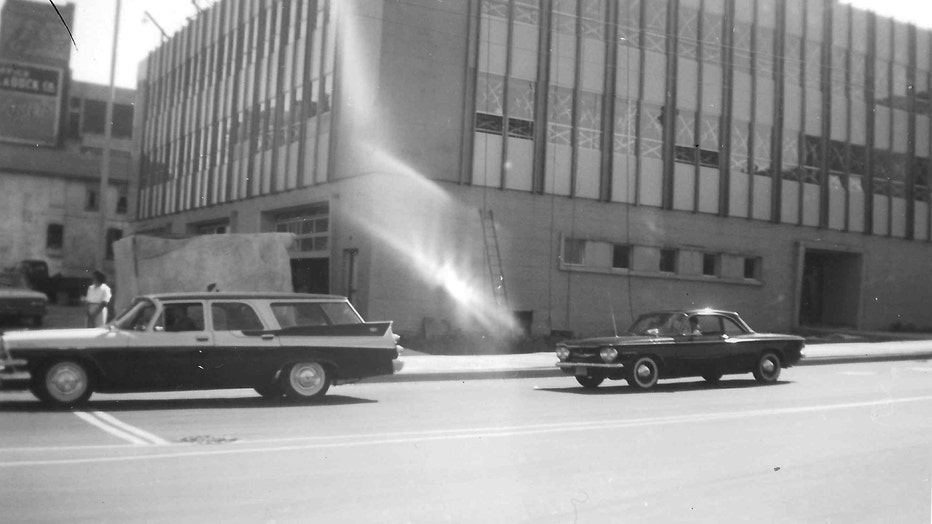
Milwaukee Fire Department headquarters, seen in August 1961. Now named the Alonzo Robinson Milwaukee Fire Department Administration Building
Of more than 116,000 registered architects in the U.S. today, only 2% identify as Black or African American, according to the National Council of Architectural Registration Boards. Wilson, who is involved with the state’s National Organization of Minority Architects, estimates there are five or six licensed Black architects in the state, today. When Wilson moved to Milwaukee, he says Robinson’s presence was a welcome one.
"There’s a kind of a kindred spirit between Black architects because there’s so few of us and you can imagine there were even less at the time than there are now," said Wilson. "We have several states where we still don’t have Black architects."
Wilson attributes that lack of diversity in the architecture field to long-standing barriers to people of color that still stand, like the cost of getting a degree, add to that the concern about being passed over for others. But he is hopeful for the future, and the renaming of the fire department headquarters is a step in that direction.
"God knows we all have something to contribute to the future of this world. And as the number of not only Black architects increase, we have to understand that there are all of the other minority groups – Native American, Latinx, even other genders – who should be recognized for their brainpower. And we need to make opportunities to collaborate and share all of our intellect to make this world a better place."

Alonzo Robinson
The Kappa Alpha Psi Foundation of Southeastern Wisconsin, helmed by Robinson’s son Kim, gives out scholarships each year to students wishing to study architecture or engineering. Kim is hopeful the overdue recognition for his father can pay dividends for students wishing to pursue architecture and engineering.
"Hopefully this will open up people’s eyes and that we can break down those barriers of racism and discrimination," said Kim. "Being the first is a huge thing."
"It’s hard to become something you don’t see. Or that you’re not familiar with," said Jean Robinson. "By having his name on that building, if it means that one young person of color will say, ‘Who was Alonzo Robinson and what did he do?’ And I hope by the name being there, that will – at least – motivate one young person to at least ask the question."
Featured
DHS: 2nd case of COVID-19 variant identified in Wisconsin
The Wisconsin Department of Health Services identified a second case of variant strain B.1.1.7 of SARS-CoV-2, the virus that causes COVID-19, in Wisconsin.
Featured
MPD seeks help to locate Ledary Keeler, missing since Feb. 3
Milwaukee police are asking for the public's help to locate Ledary Keeler, a man reported missing since Wednesday, Feb. 3.

UWW grad intent on ‘changing the world’ remembered after fatal shooting
A young man with a promising future was remembered after he was fatally shot near 23rd Street and Wisconsin Avenue Saturday afternoon.



